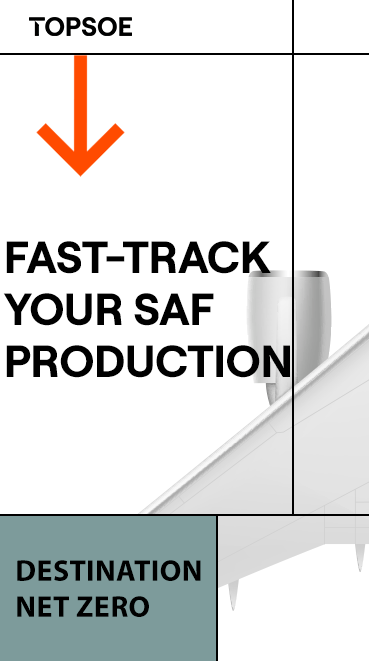Neste completes major biorefinery expansion in Singapore

The major expansion of Neste Corp.’s Singapore biorefinery is mechanically complete and undergoing commissioning, the renewable diesel and sustainable aviation fuel (SAF) producer announced on social media Feb. 10.
“We reached the mechanical completion of our expanded refinery in December,” Neste’s social-media post stated. “We are currently fully focused on the commissioning activities and preparations for start-ups.”
The expansion allows Neste to double its production capacity at the Singapore refinery from roughly 440 million gallons per year (mgy) of mostly renewable diesel to approximately 880 mgy of both renewable diesel and SAF.
Once fully operational by the end of March, the facility will be able to manufacture up to 340 mgy of SAF, making it the largest operating SAF production facility in the world.
“This project would not be what it is today without more than 1,100 engineering professionals, 300 construction-management professionals, vendors from over 25 countries and over 19,000 construction contractor personnel working on the project in various phases,” said Petri Jokinen, the director of Neste’s Singapore expansion project. “Great job everyone, and let’s continue working towards a safe and smooth start up.”
The company first began operations at its Singapore biorefinery in 2010. Since then, the plant has been the primary source of renewable diesel imports on the U.S. West Coast.
At the end of 2018, Neste made the final-investment decision to double production in Singapore.
Construction began in early 2019.
A foundation-stone ceremony was organized in July 2019 to officially mark the extension of the new production line.
The four-year-long project cost Neste approximately 1.65 billion euros and, according to the company, “will give Neste more options to choose between different product solutions in the whole production system. ... On top of that, once [the] Singapore expansion starts its operations, Neste will also have additional capabilities to enhance its raw-material pretreatment, allowing us to process increasingly low-quality waste and residue raw materials.”






















-RKstandin.jpg)
_gif.gif)




